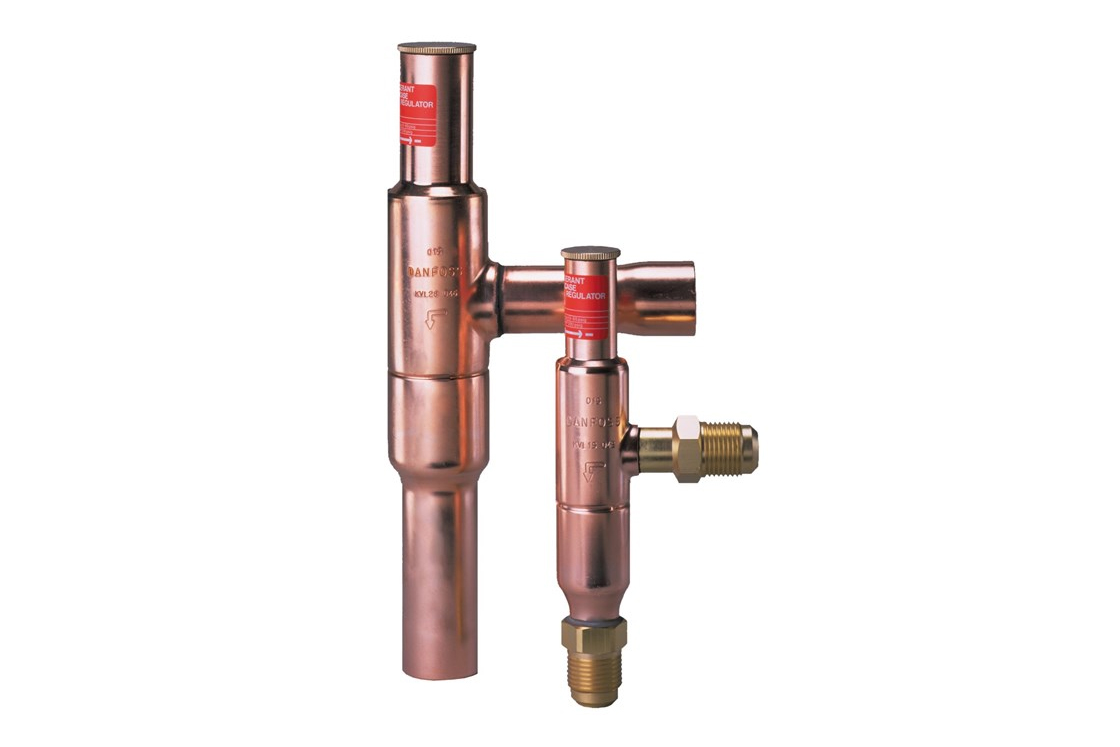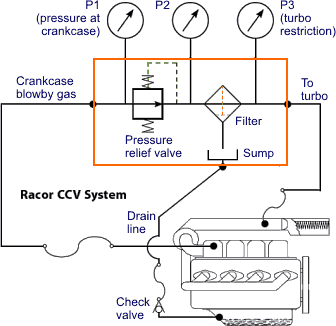how does a crankcase pressure regulator work
When installed on a compressor suction inlet and properly adjusted the CPR will prevent the compressor suction pressure from ever rising above the CPRs setting. Pressure regulators reduce a supply or inlet pressure to a lower outlet pressure and work to maintain this outlet pressure despite fluctuations in the inlet pressure.
Hvac Crankcase Pressure Regulating Valves Hvac Troubleshooting
Control is accomplished by regulating the blow-by gases into the intake system to be reburned.
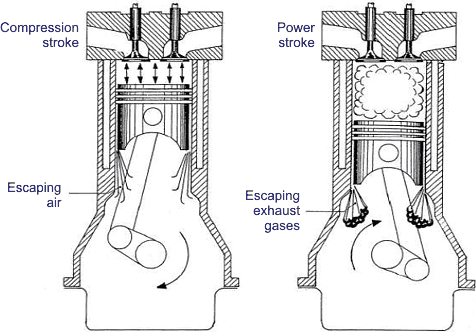
. Once the vacuum gets higher than desired at idle the PCV valve shuts off and stops that vacuum. PCV valve on Ford Taunus V4 engine feeding into the intake manifold A crankcase ventilation system removes unwanted gases from the crankcase of an internal combustion engine. An adjustment screw on the top of the regulator can be tightened to increase the tension on the inner spring thereby reducing the pressure of the water as it exits the valve or loosened to allow water to flow more freely through the valve thereby increasing the outgoing water pressure.
Consequently its gauge ports are connected to the downstream not the supply side port. Since engines produce fumes during the normal running of a car this means it is absolutely crucial for the electronic control module to be able to obtain an accurate crankcase pressure value and. This is a training video on Single Stage Regulator for understanding how it works and why the Delivery Pressure Increases in a Single Stage Regulator when th.
The reduction of the inlet pressure to a lower outlet pressure is the key characteristic of pressure regulators. The use of a vacuum regulator vent or pop-off valve is often necessary when running crankcase vacuum. They are designed to prevent the compressors motor from overloading when its crankcase pressure rises above its designed working pressure.
Control of head pressure is needed in order to maintain. They open at a specified pressure and allow crankcase pressure to vent to the atmosphere. Our Project Blown Z uses a dry sump system for oiling and vacuum.
To provide pressure for hot gas by-pass or hot gas defrost if present. To prevent the flames inside the crankcase from coming out and causing further damage. When pressure is applied to the diaphragm connected to the bypass valve at the top of the regulator the spring pushes down the diaphragm to reduce the amount of excess fuel and the plenum rises linearly.
Pressure regulators accomplish this by automatically adjusting their opening area based on the inlet pressure. When choosing a pressure regulator many factors must be considered. Crank case pressure regulators are normally fitted to condensing unit systems with 1 or multiple evaps and electric defrost hot or cool gas defrost would mean that the compressor is running and therefore the pressure would not increase to an unacceptable level.
The Crankcase Depression Regulator CDR Valve maintains crankcase pressure. A pressure regulator activates when water travels through the inlet end of the regulator and around the fixed seat as shown above in the dark. System to relieve pressure in a combustion engines crankcase.
Without a regulator a considerable vacuum could be experienced by the crankcase as the engines air filter accumulates dirt. They open at a specified pressure and allow crankcase pressure to vent to the atmosphere. Flooded condenser systems are able to maintain pressure within 5 to 10 psig.
Belt or Electric Vacuum Pump. November 6 2017. This is purely to limit the pressure in the compressor crankcase on start up.
What is the function of crankcase relief valves. To relieve excess pressure inside the crankcase thereby normalizing the pressure. When the spring is released the fuel pressure drops.
Our Project Blown Z uses a dry sump system for oiling and vacuum. A crankcase pressure regulator CPR is a common accessory added to many low-temperature refrigeration applications such as walk-in and reach-in freezers. The drop in vacuum leads to an increase in RPM which in turn allows more gas to be pulled in.
Pressure must be regulated to prevent oil consumption through the intake system and to prevent oil leaks due to excessive buildup of pressure. A pressure regulator measures downstream pressure and compares it to the pressure produced by a spring adjusted by a manual knob or electronic signal. A Positive Crankcase Ventilation PCV system regulates the vacuum pull through its crankcase.
The pump can be either electric or mechanically driven but for an ideal solution should be connected to both the block and the valve cover to pull vacuum from both areas efficiently. Work by Infineum using the Turbocharger. The pressure regulator serves an important function in ensuring that the crankcase pressure does not become too low or too high and exceed the engine manufacturer limits.
During circumstances where high intake manifold vacuum is present idle light-throttle cruising and deceleration a PCV valve essentially a one-way check valve in the system allows crankcase pressure to be relieved into the intake manifold the vacuum in the intake manifold helps to draw the pressure from the crankcase. To prevent flash gas in the liquid line. This is done using a vacuum pump.
When properly installed in the suction line these valves automatically throttle the vapor flow. Sporlan Crankcase Pressure Regulating Valves are designed to prevent overloading of the compressor motor by limiting the crankcase pressure during and after a defrost cycle or after a normal shutdown period. The crankcase pressure sensor is in charge of providing the electronic control module with the right data to keep it working at the right level within the engine crankcase.
A CPR or crankcase pressure regulator is nothing more than a pressure reducing valve. The system usually consists of a tube a one-way valve and a vacuum source such as the intake manifold. Another option is to evacuate the crankcase and valve cover by pulling a negative pressure on it.
The opening changes proportionately to help assure the outlet pressure stays within acceptable limits. The use of a vacuum regulator vent or pop-off valve is often necessary when running crankcase vacuum. Adequate pressure drop over a TXV for the refrigerant effect.
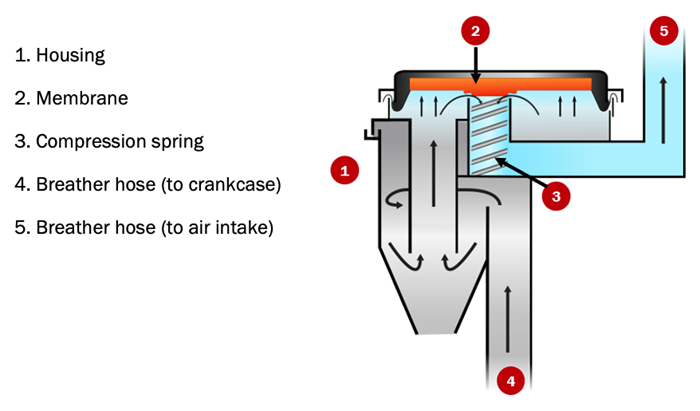
The Role Of The Positive Crankcase Ventilation Valve Pcv Gates Europe

How A Kvl Crankcase Pressure Regulator Works Working Animation Youtube
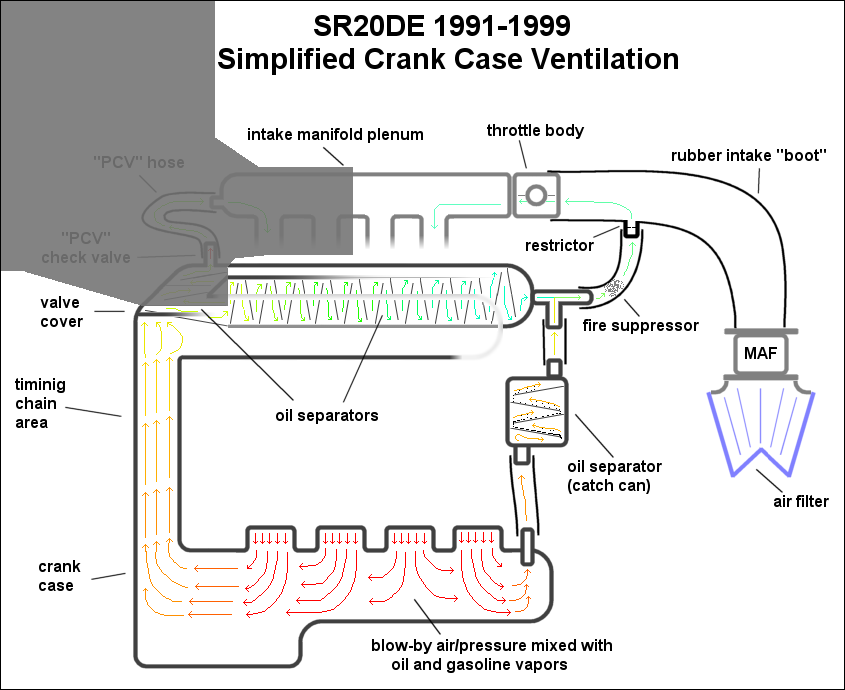
Automotive Crankcase Ventilation Systems Diagram Pcv
What Is The Most Common Positive Crankcase Ventilation Pcv System Pr Spelab
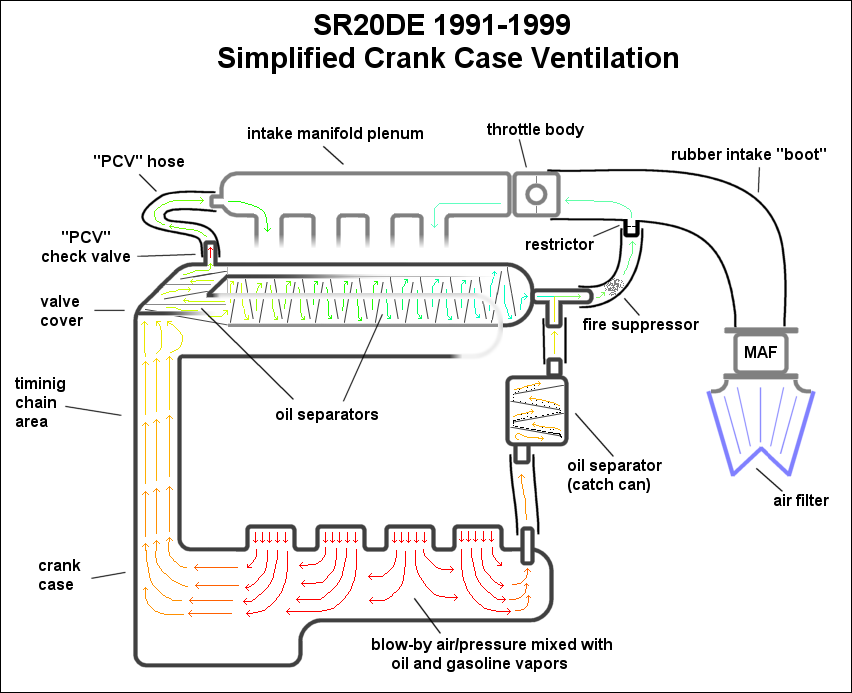
Automotive Crankcase Ventilation Systems Diagram Pcv
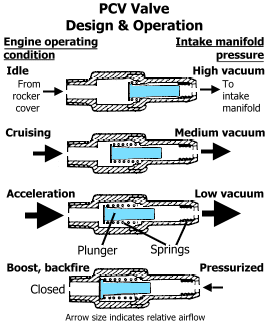
Crankcase Ventilation Systems Engine Fuel Engineering Eng Tips

Pressure Regulating Valve Crankcase Pressure Regulator Sporlan Cro Series Parker Na
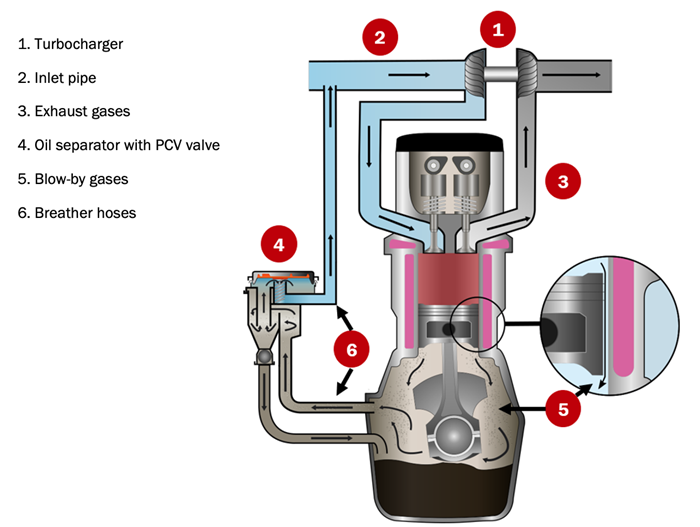
The Role Of The Positive Crankcase Ventilation Valve Pcv Gates Europe
Refrigeration Pressure Regulators Flow Controls Parts 1 And 2 Industrial Controls

How A Kvl Pressure Regulating Valve Works Working Animation Youtube

The Basics Of Positive Crankcase Ventilation Pcv
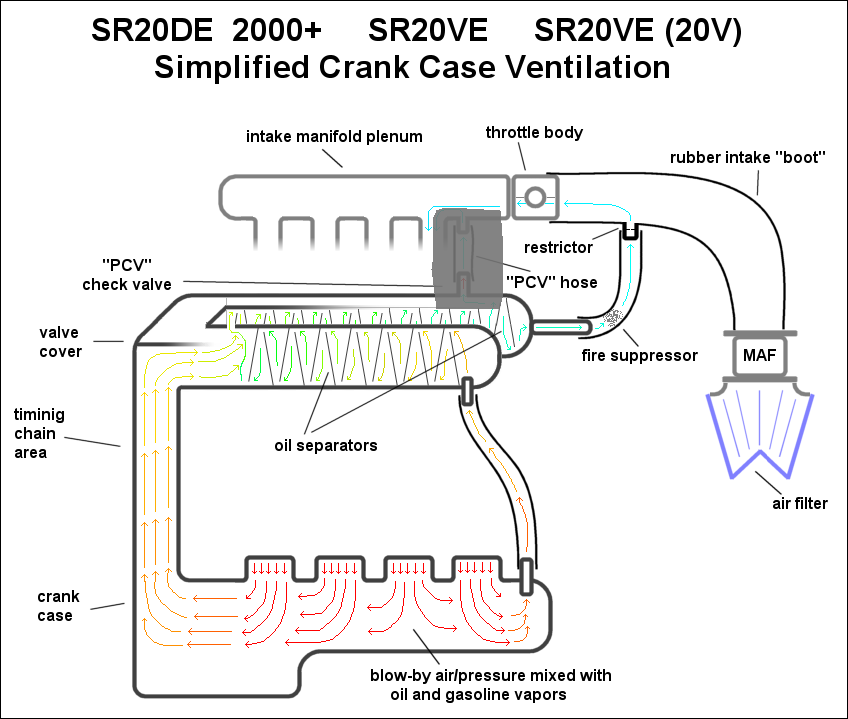
Automotive Crankcase Ventilation Systems Diagram Pcv
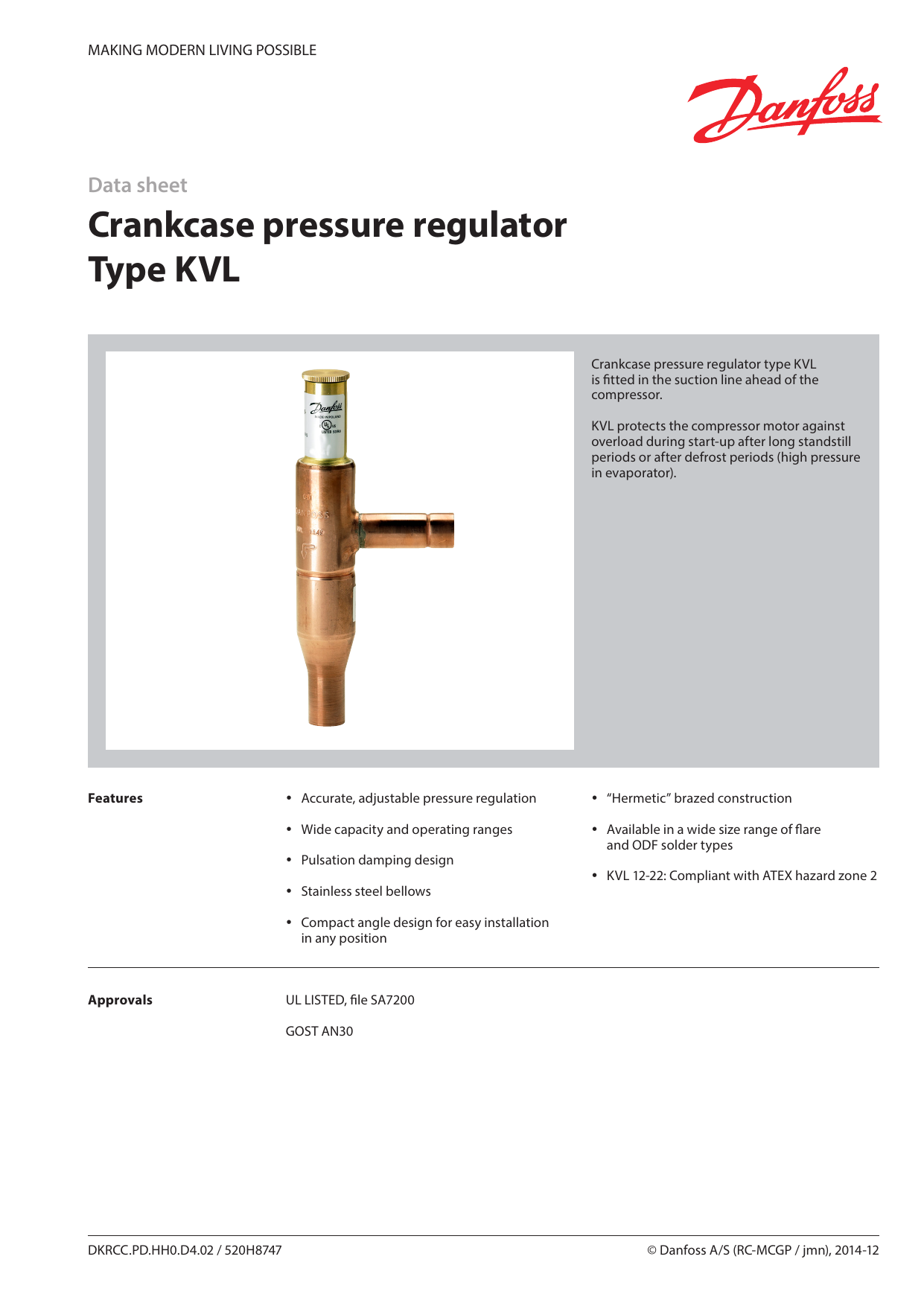
Crankcase Pressure Regulator Type Kvl Manualzz
Refrigeration Pressure Regulators Flow Controls Parts 1 And 2 Industrial Controls
